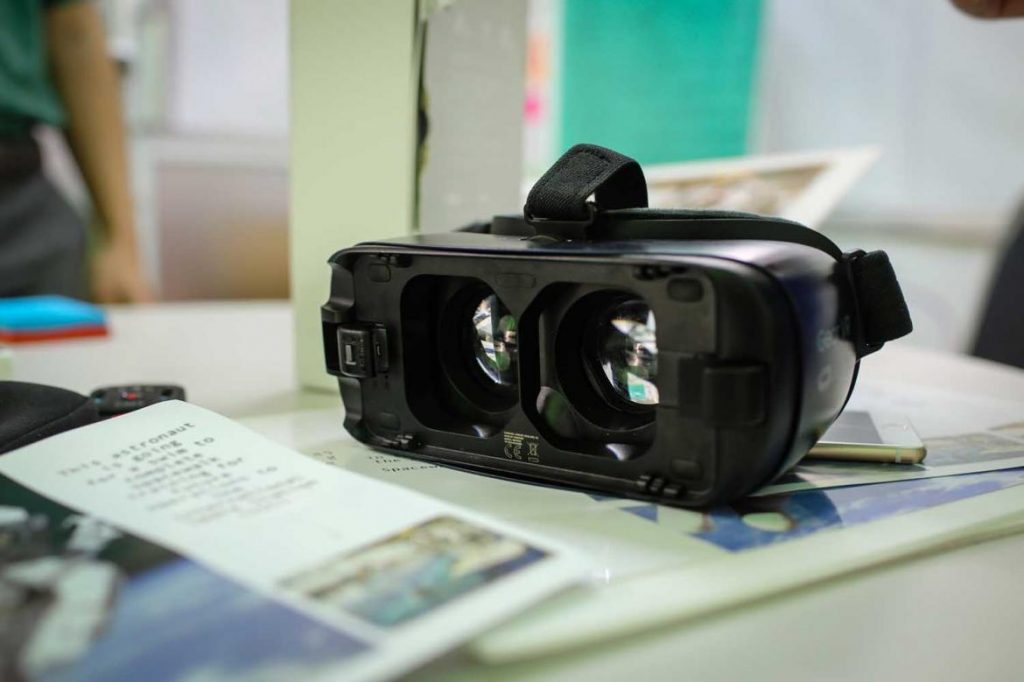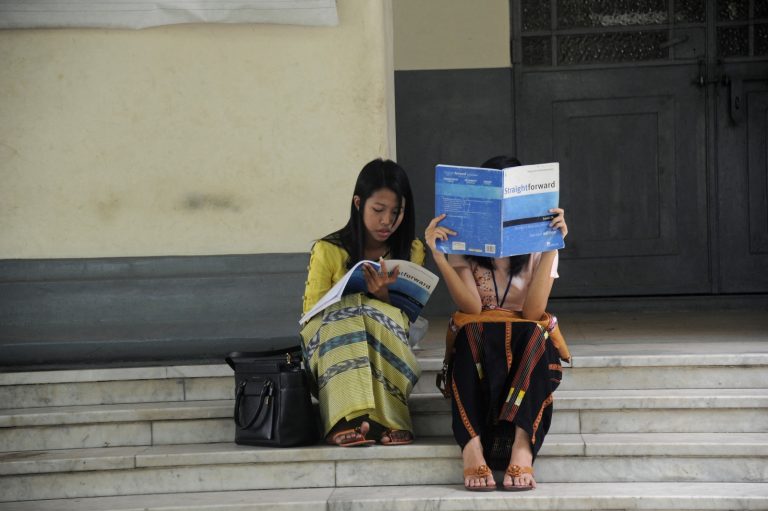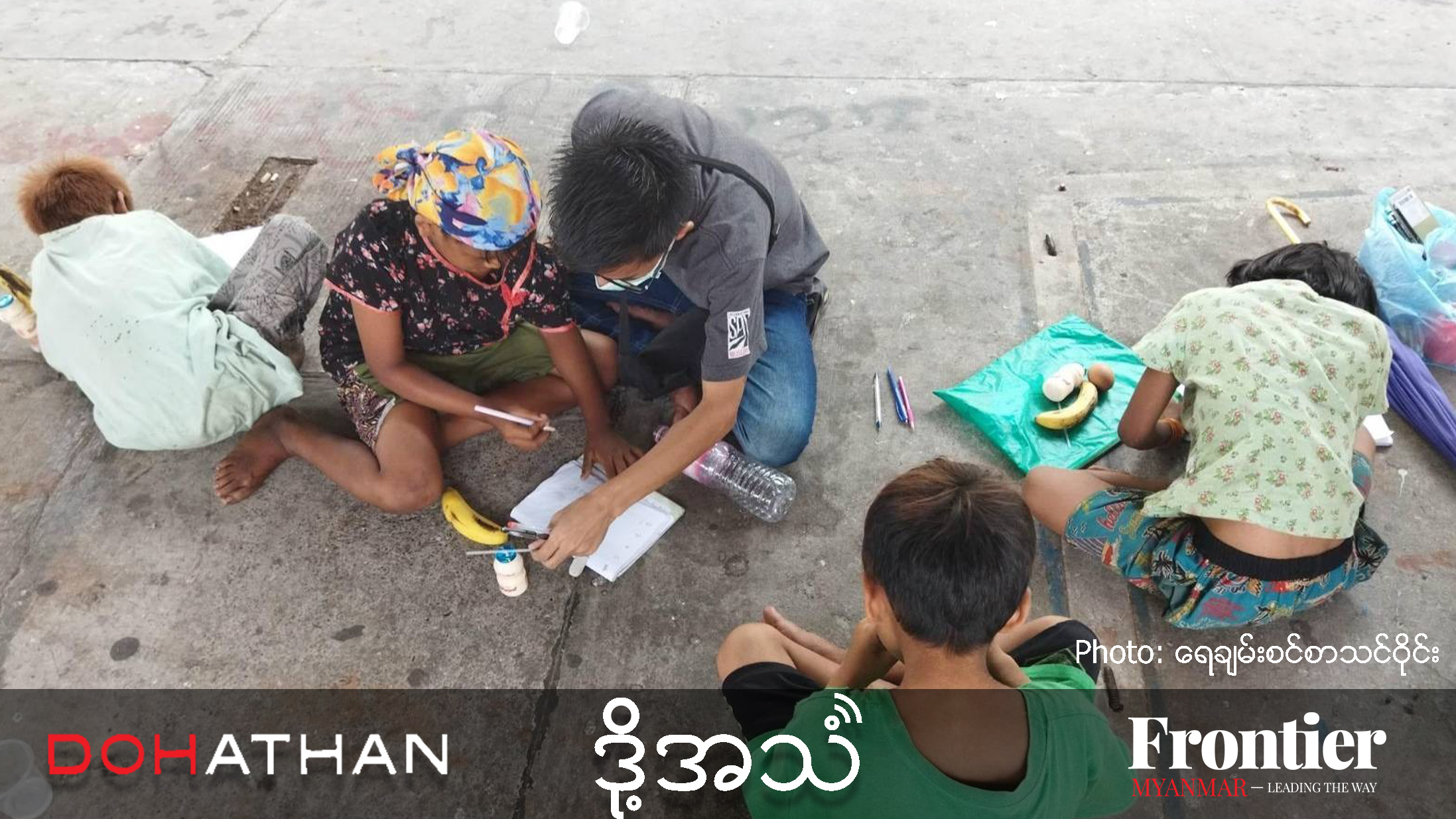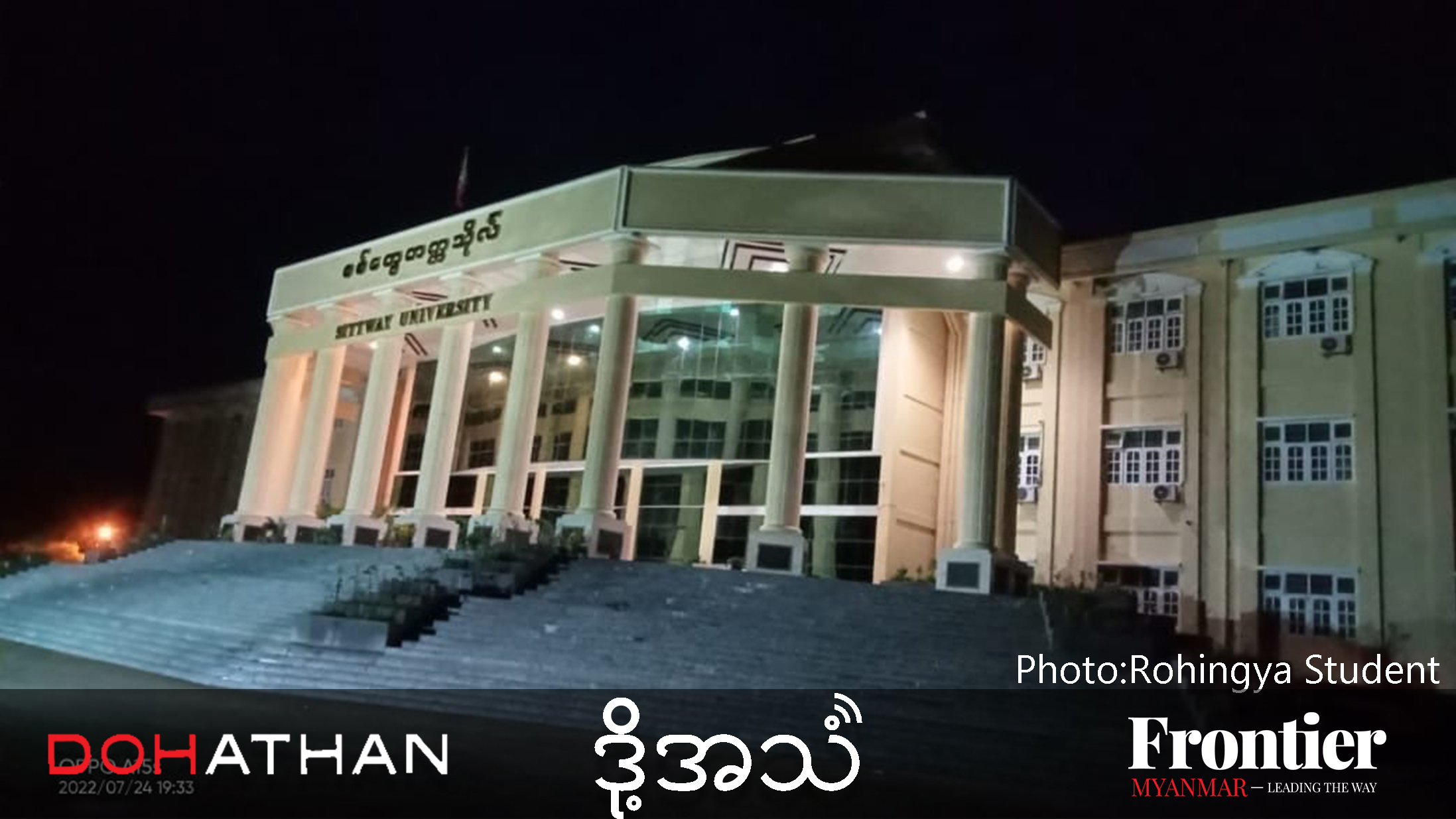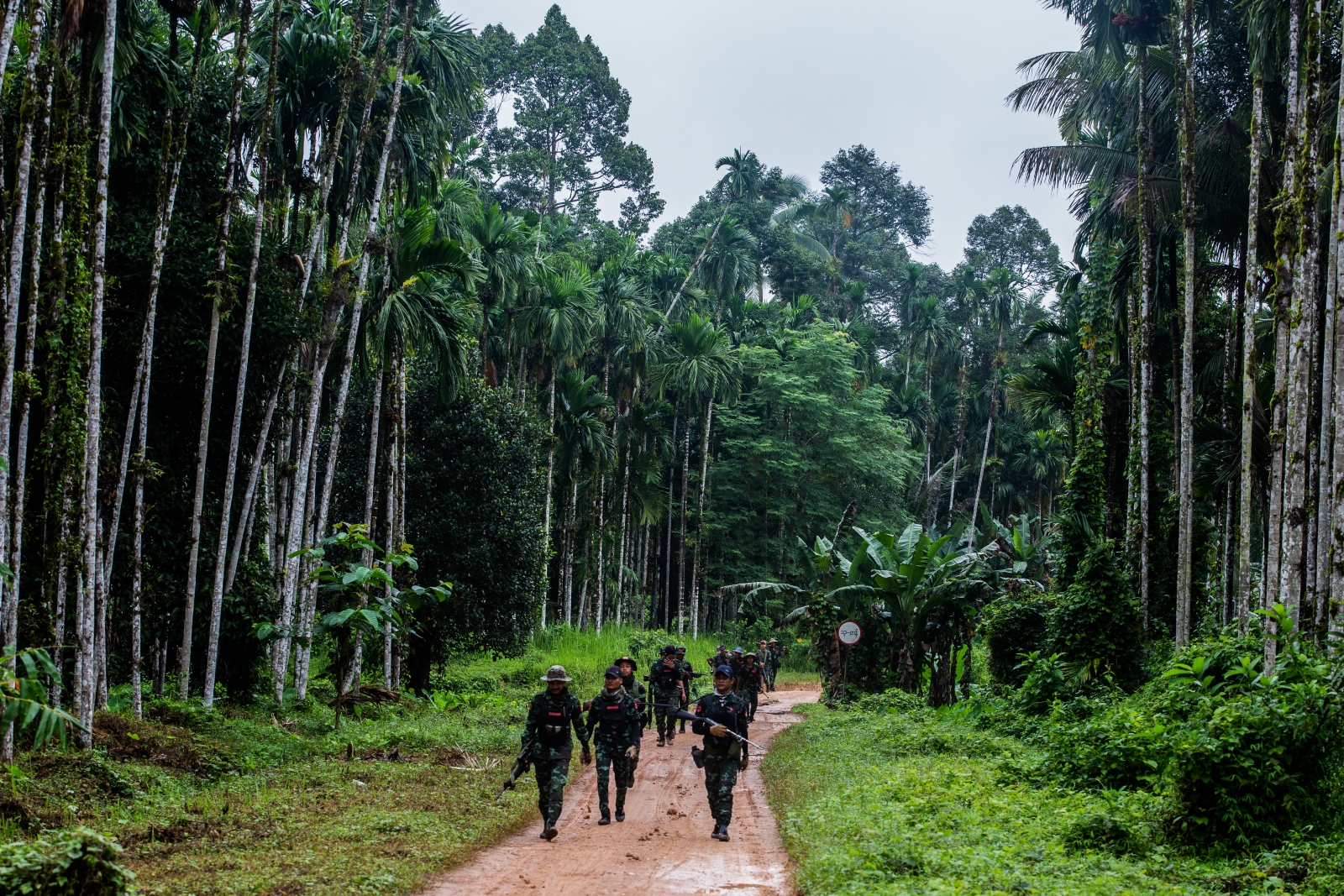The founders behind one of Myanmar’s first virtual reality companies believe the technology could help improve the country’s outdated education system.
By VICTORIA MILKO | FRONTIER
WALKING ON the moon, strolling through pagodas and sitting in classrooms on the other side of the world are all a routine part of Ma Hla Hla Win’s day – even if she doesn’t leave her office in Yangon’s Tarmwe Plaza.
Hla Hla Win is the co-founder of one of Myanmar’s first virtual and augmented reality companies, 360edVR. The company was formed at the start of this year and focuses on using cutting-edge tools to help develop education, the subject in which she received a Bachelor’s degree in from William Penn University in Iowa, in the United States, in 2008.
She was later granted a graduate fellowship by Harvard University that saw her travel across the US, and became interested in virtual reality when she visited a school in California that used the technology in biology classes.
“I took an augmented [reality] tour inside my body and learned about blood cells,” Hla Hla Win told Frontier. “As a student I’d never enjoyed biology, but when I saw it in augmented reality it got me really interested.”
Support more independent journalism like this. Sign up to be a Frontier member.
Hla Hla Win, who comes from a family of professional teachers and spent three years teaching in a private school in Myanmar, quickly realised the potential for virtual reality to be used as a tool that could help modernise the country’s outdated education system.
“I went to state school where there were 50 to 70 students in a classroom. Teachers would just stand near the board telling us information. It was very unidirectional,” she said. “So as a student I was called a trouble maker because I had so many questions I wanted to ask – but in a classroom like that it’s not possible.”
As a result, Hla Hla Win began to explore different ways she could contribute to change in the education system. But rather than developing software that would appeal directly to students, she and her team decided to target another group: the teachers.
“We don’t need to worry about kids being curious – it’s the teachers we need to worry about,” Hla Hla Win said. “If the teachers are not introduced to the technology they will shut it down – so we need to make them friendlier to it. But even then, how can we have 300,000 teachers in Myanmar go around the world and see how teachers do things in other countries? It’s physically impossible- but virtual [reality] helps make it possible.”
In partnership with the Mandalay Private Schools Association, in September Hla Hla Win held a virtual reality workshop, where representatives from 128 schools used a test version of a learning program, allowing viewers to experience how classes in Japan and Finland are conducted.
“The teachers were curious and asked me so many questions about why students were sitting where they were and why the classrooms were set up in different ways,” she said. “They even later told me that they had begun using some of the lessons they saw in the foreign classrooms in their own here in Myanmar.”
Ko Min Hein, a member of the 360edVR team, also believes that virtual reality has the potential to become widely accessible for many people in Myanmar.
“Enjoying virtual reality doesn’t take technology that only the rich people have access to,” said Min Hein as he held up a pair of cardboard virtual reality goggles. “With these you can just use a smart phone- and almost everyone in Myanmar has a smart phone. You can reach out to a lot of people, that’s what really hooked me.”
Hla Hla Win said that while the majority of the teachers they have worked with have shown curiosity and enthusiasm for the technology, there have also been some who were sceptical.
“Some older teachers closer to retiring don’t want to bother. They tell me, ‘Leave me alone, I don’t need to learn. I know what I’m doing,’” Hla Hla Win said, “But those aren’t the people we’re going to focus on – we’re aiming for the young and early adapter teachers who are eager to learn.”
Exploring virtual reality possibilities in Myanmar hasn’t come without other challenges as well. Because virtual reality is a new technology many people are not sure how to use it, or sometimes even what it is, said Hla Hla Win.
“We don’t have all the answers,” Hla Hla Win said. “But we’re exploring options and different paths. We’re all new to this, learning it together.”


